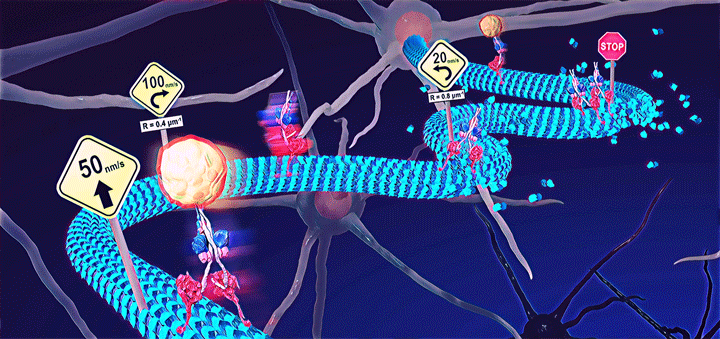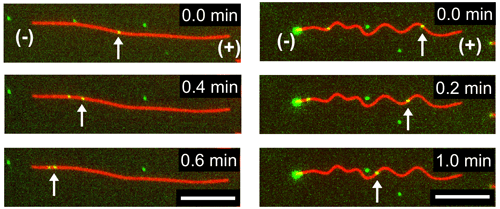Cellular train track deformities shed light on neurological disease
March 27, 2020
National Institute of Information and Communications Technology
Hokkaido University




Original article:
Funding:
Contacts:
Associate Professor KAKUGO Akira
Material Chemistry Laboratory
Graduate School of Chemical Sciences and Engineering
Hokkaido University
https://wwwchem.sci.hokudai.ac.jp/%7EmatchemS/english/index.html
E-mail:
![kakugo[at]sci.hokudai.ac.jp](../../../../assets/img/letters/letter_k.png)























Distinguished Researcher OIWA Kazuhiro
Advanced ICT Research Institute
National Institute of Information and Communications Technology
https://www2.nict.go.jp/advanced_ict/oiwa/index_en.html
E-mail:
![oiwa[at]nict.go.jp](../../../../assets/img/letters/letter_o.png)














NAMBA Naoki (Media Officer)
Institute for International Collaboration
Hokkaido University
Tel: +81-11-706-2185
E-mail:
![en-press[at]general.hokudai.ac.jp](../../../../assets/img/letters/letter_e.png)





























Press Office, Public Relations Department
National Institute of Information and Communications Technology
Tel: +81-42-327-6923
E-mail:
![publicity[at]nict.go.jp](../../../../assets/img/letters/letter_p.png)




















